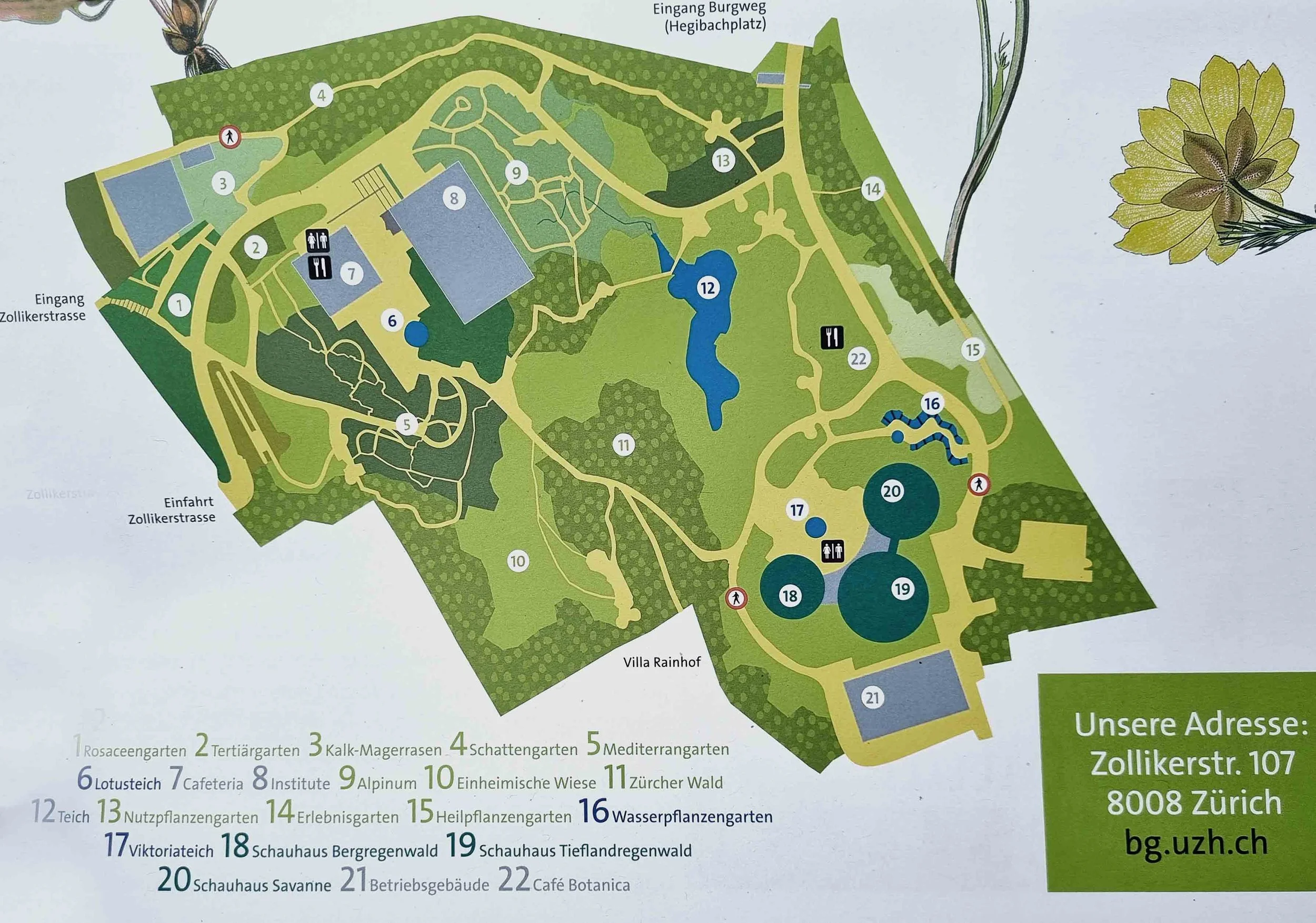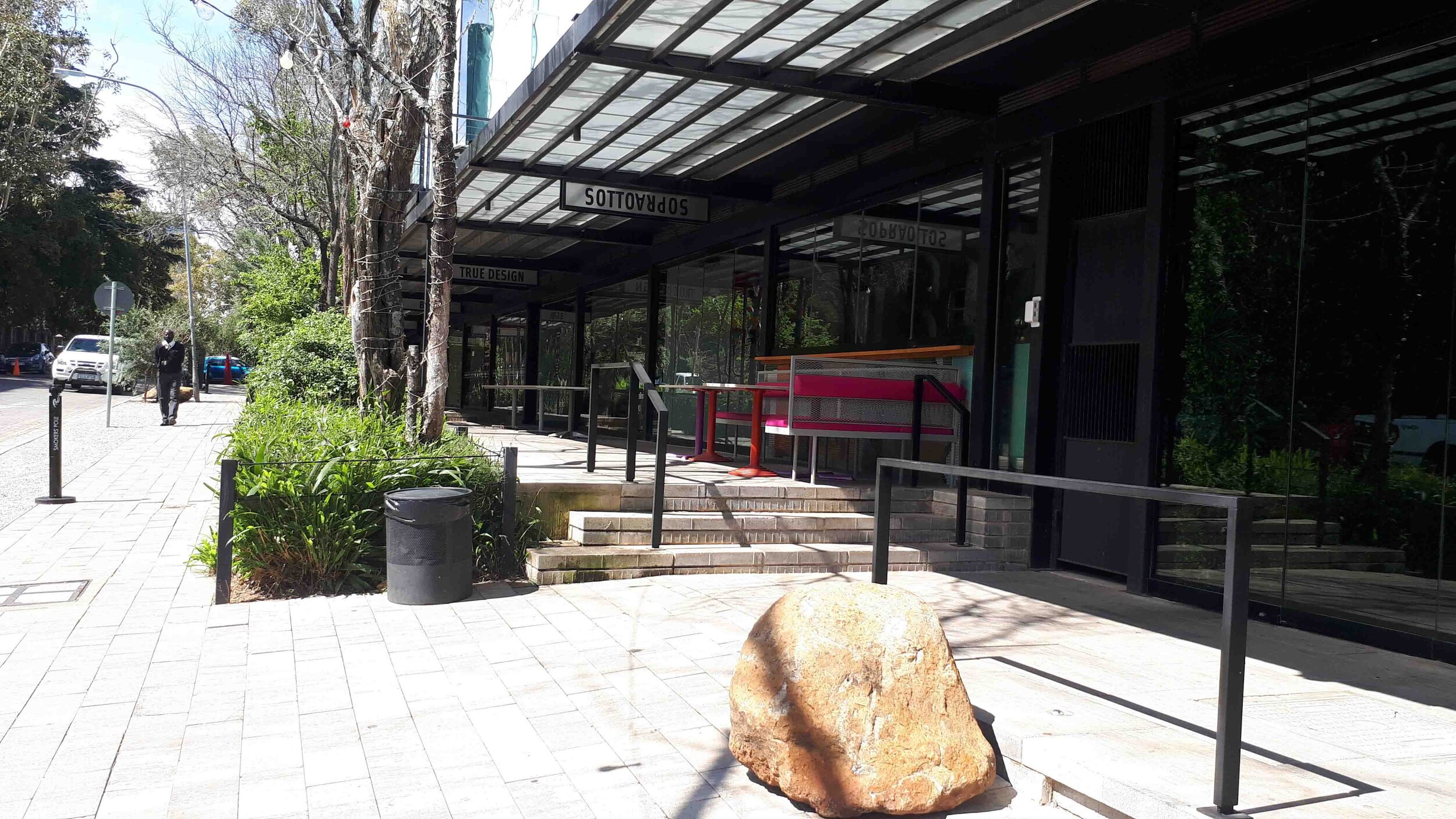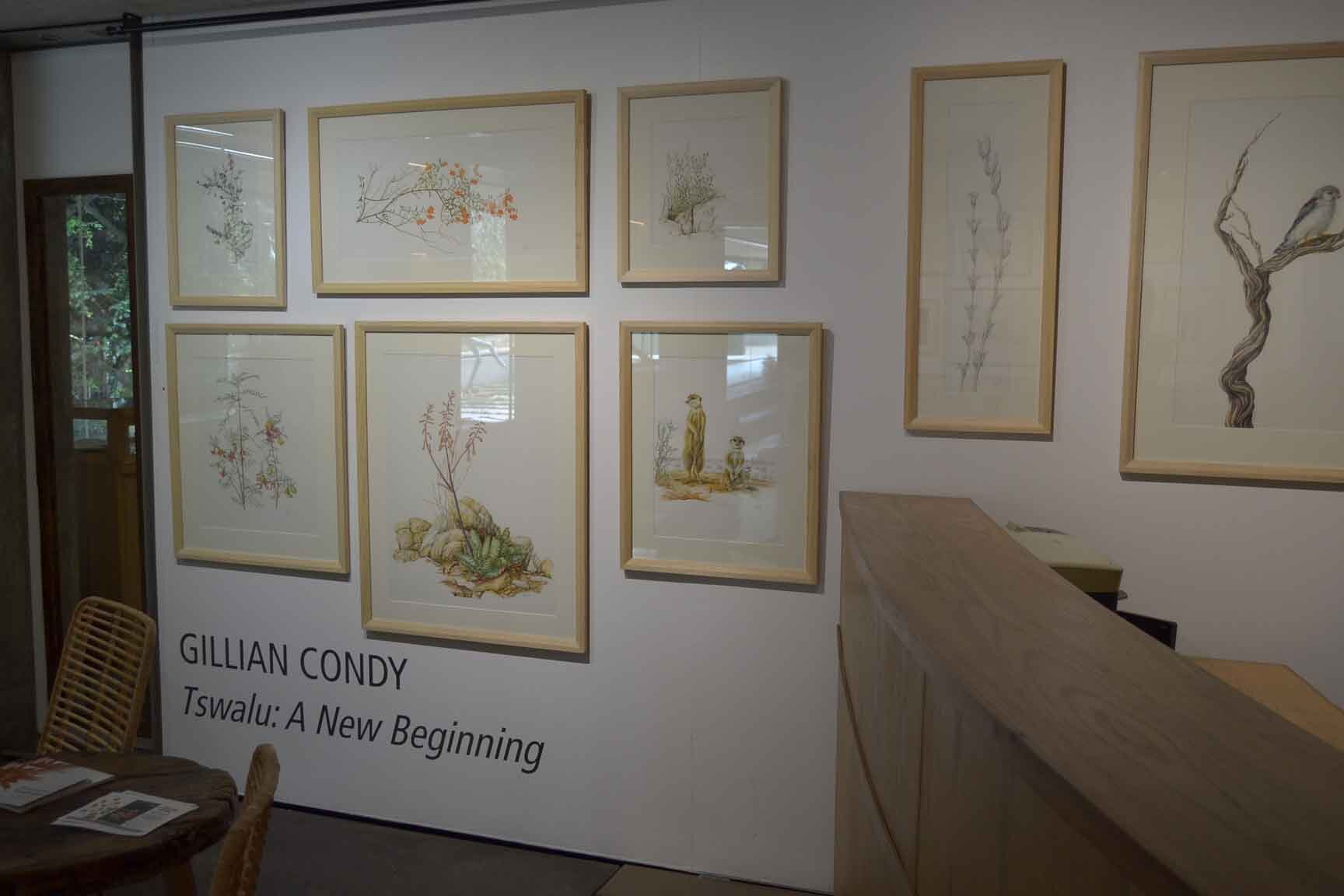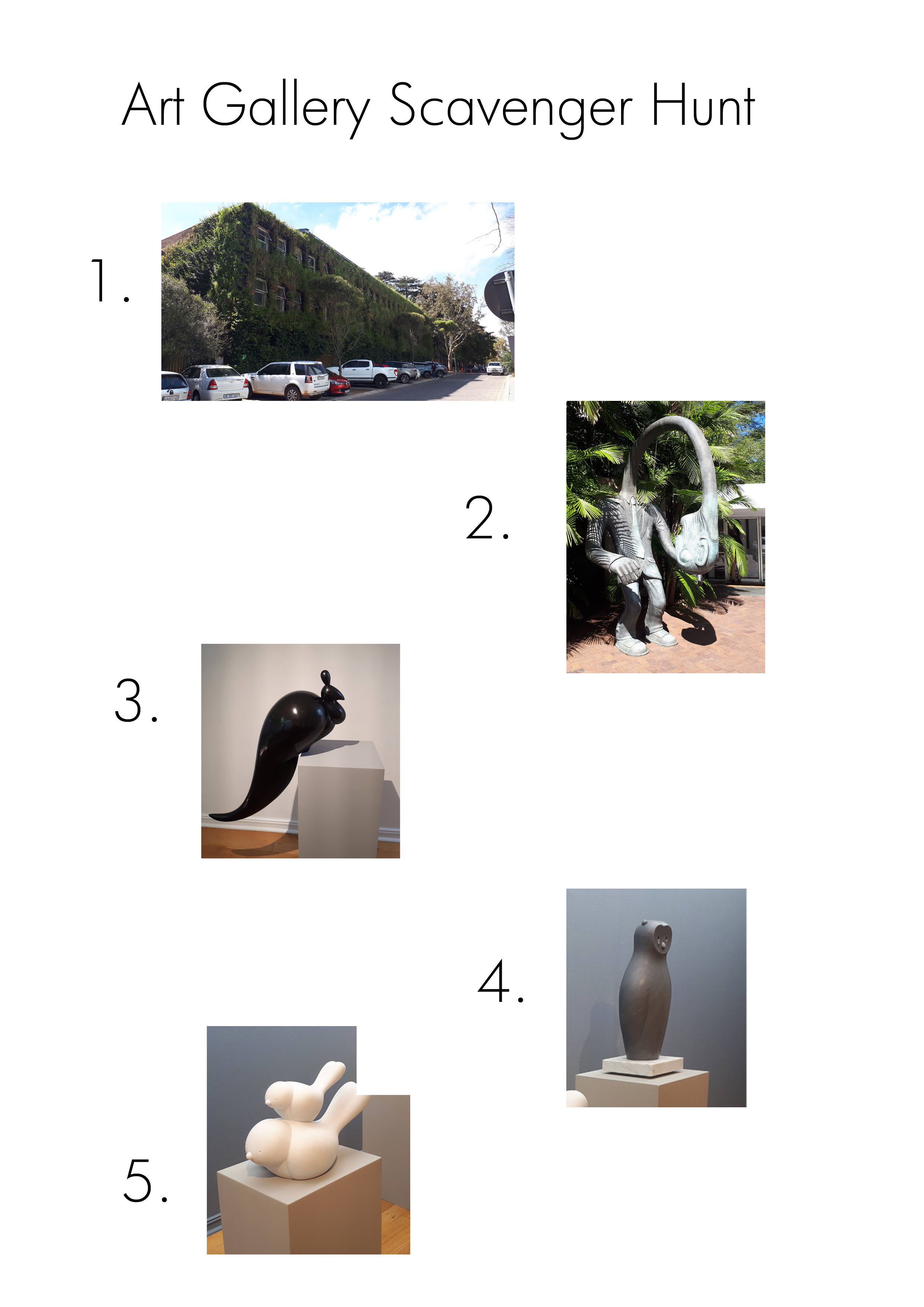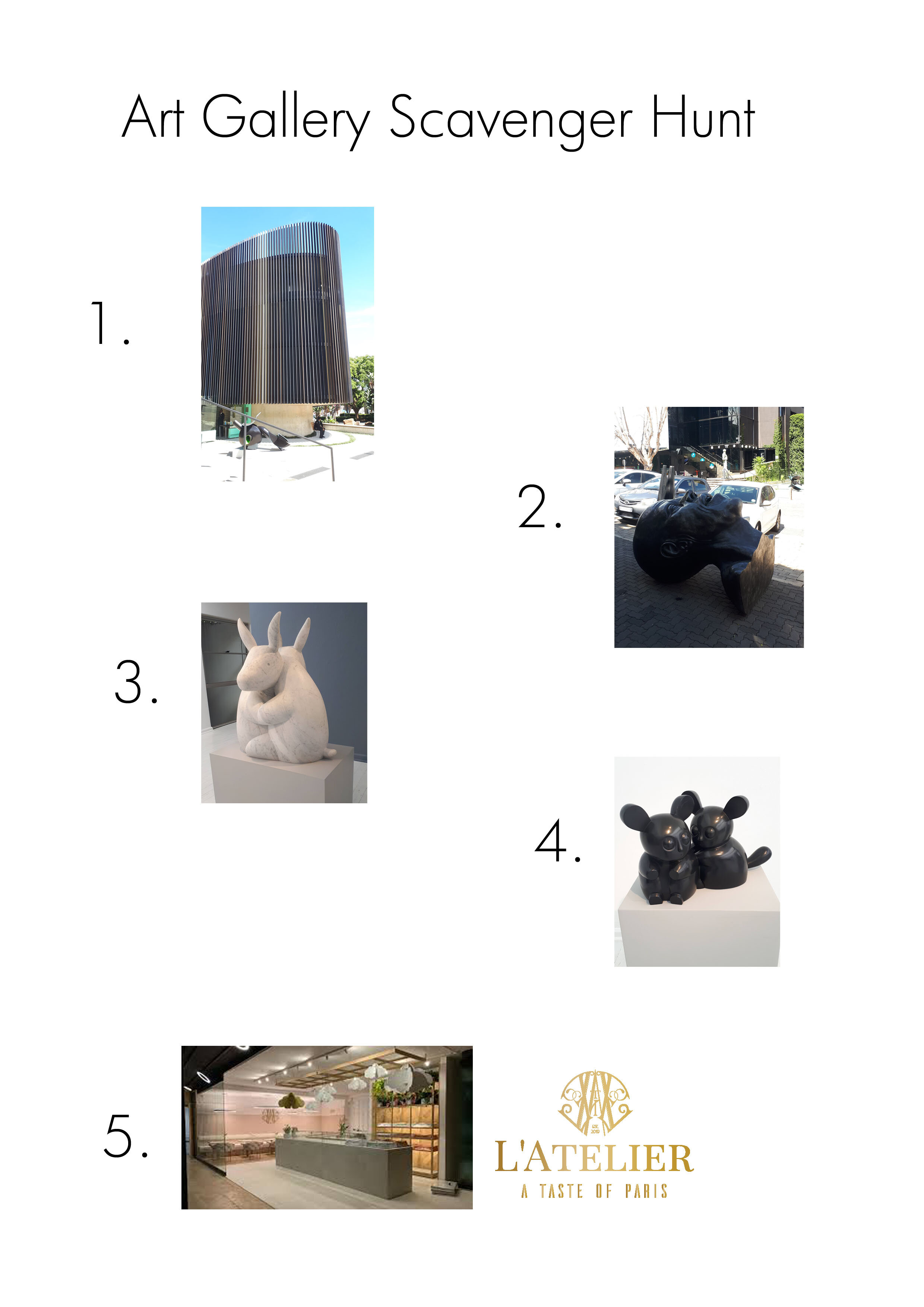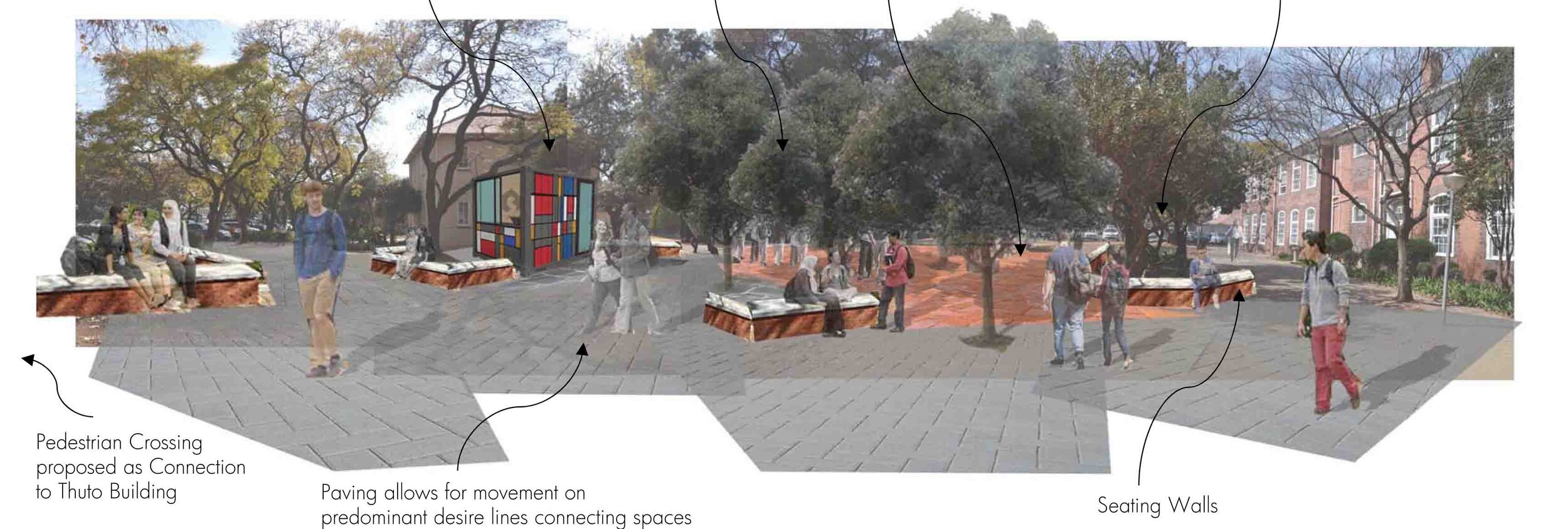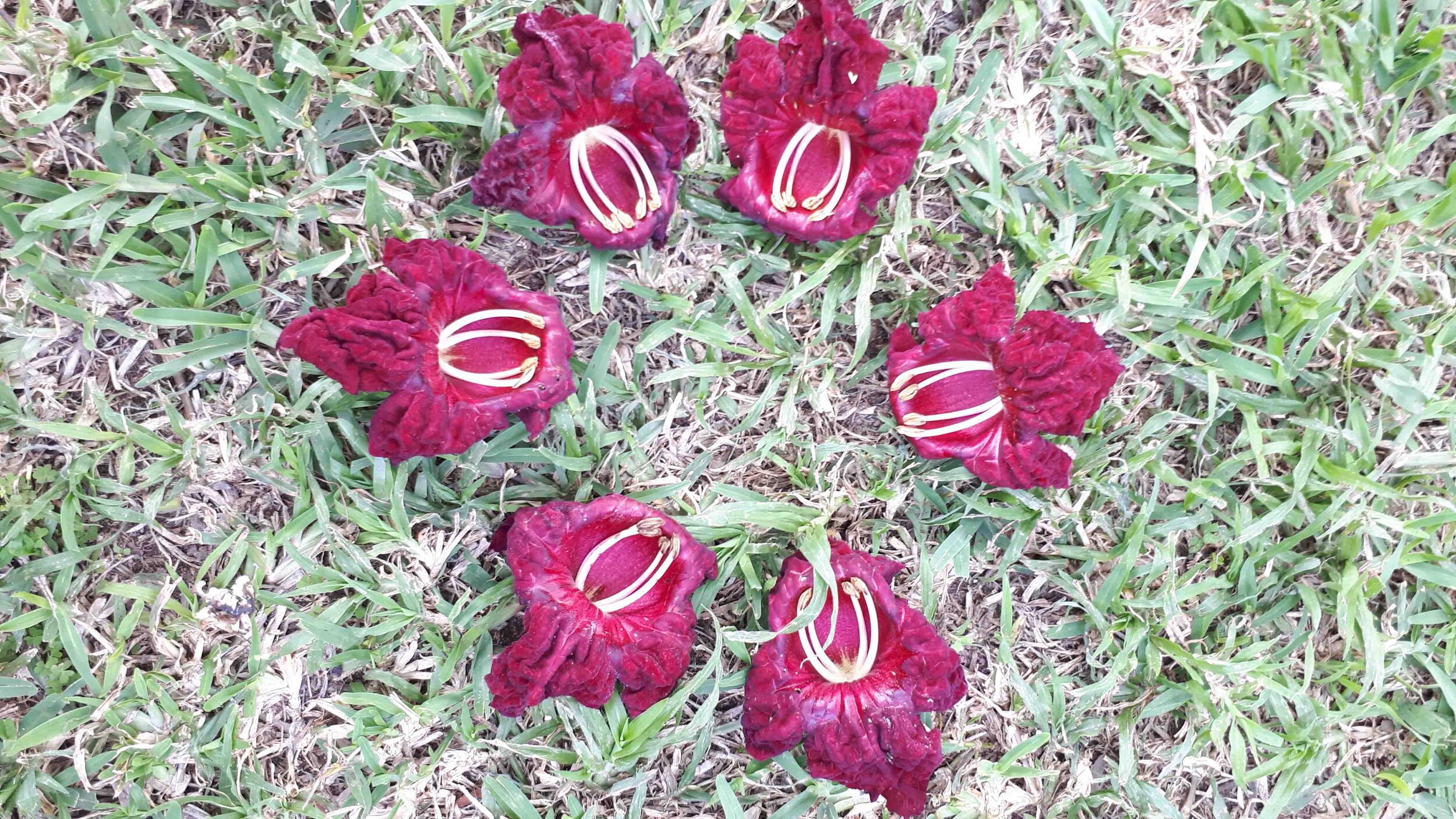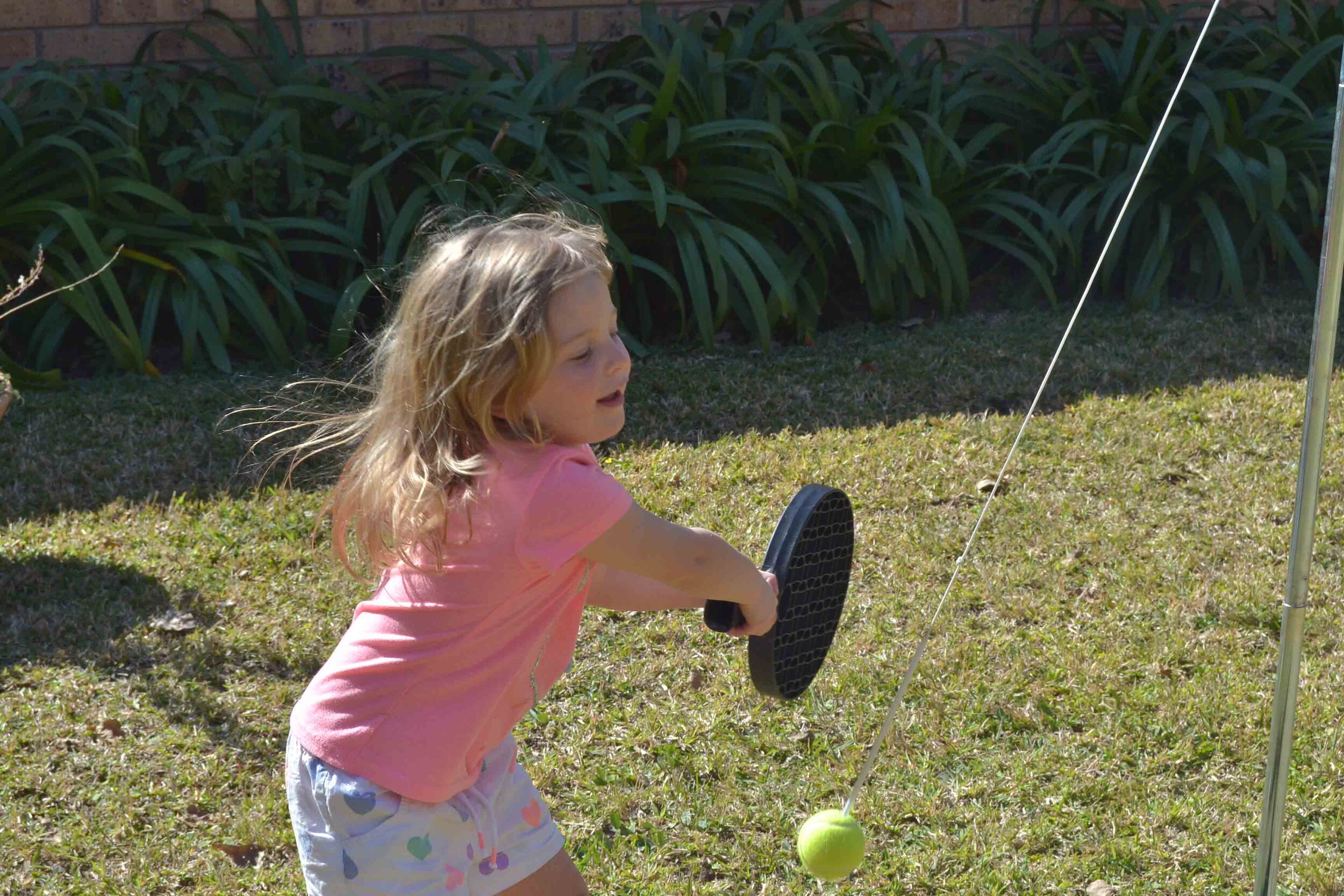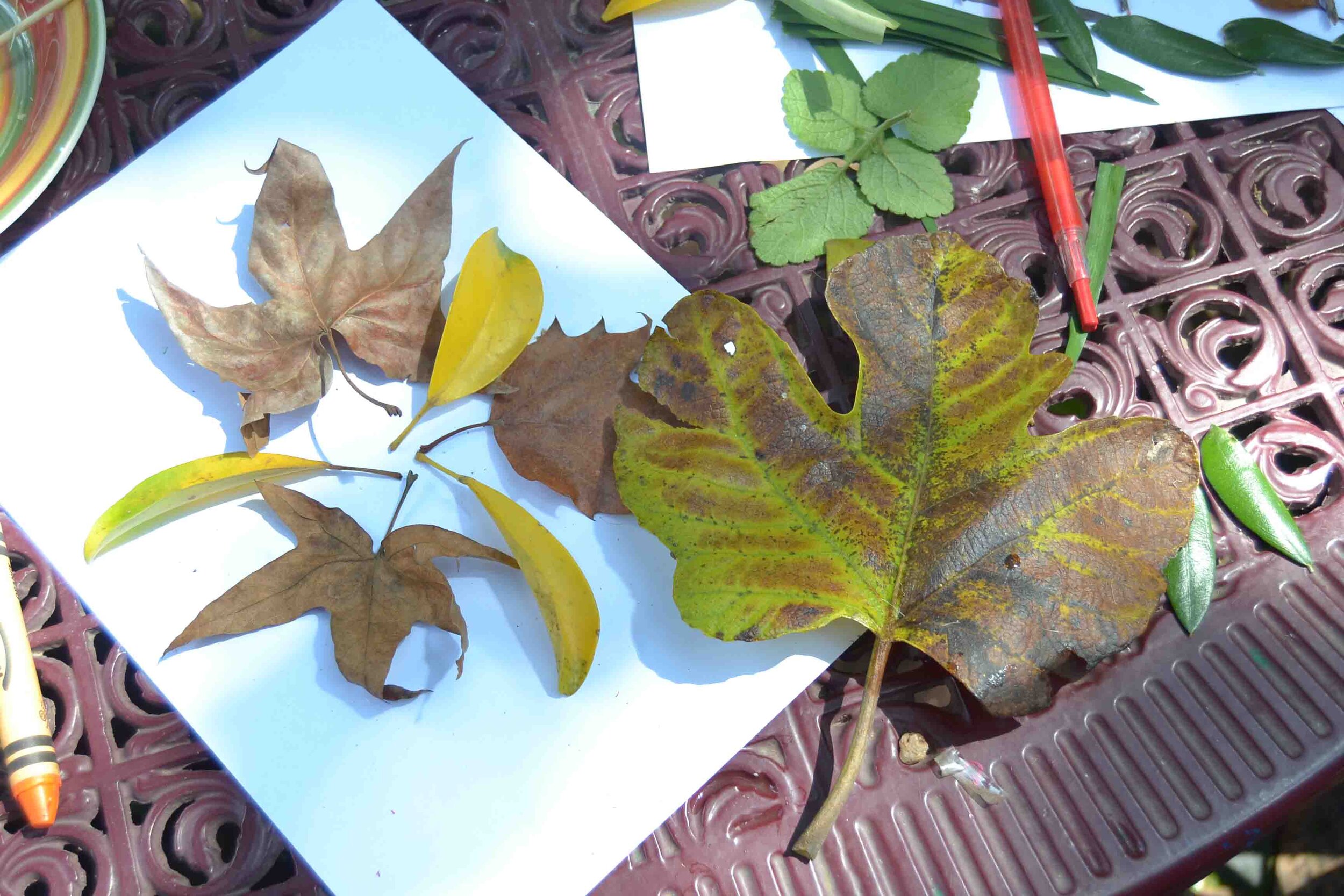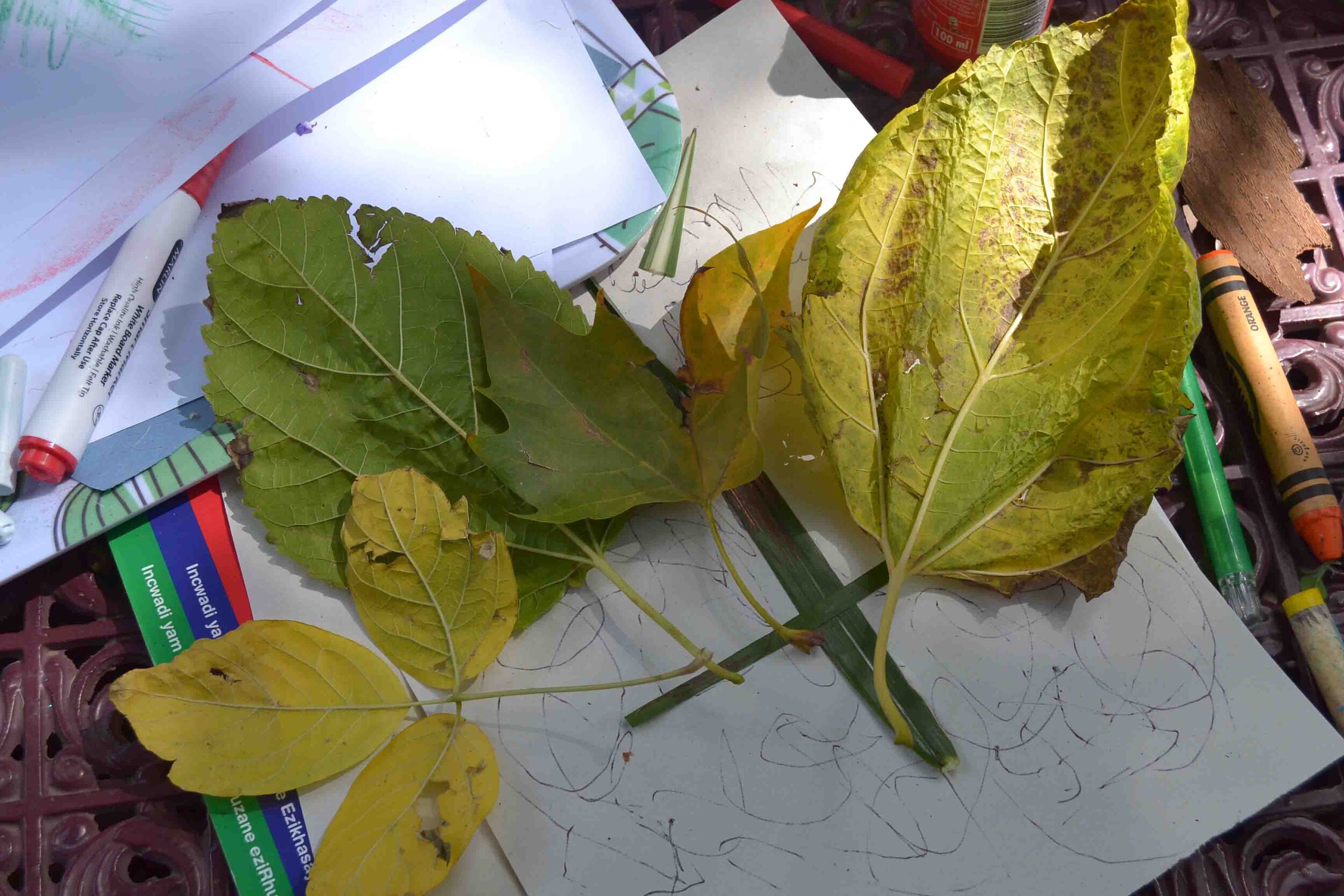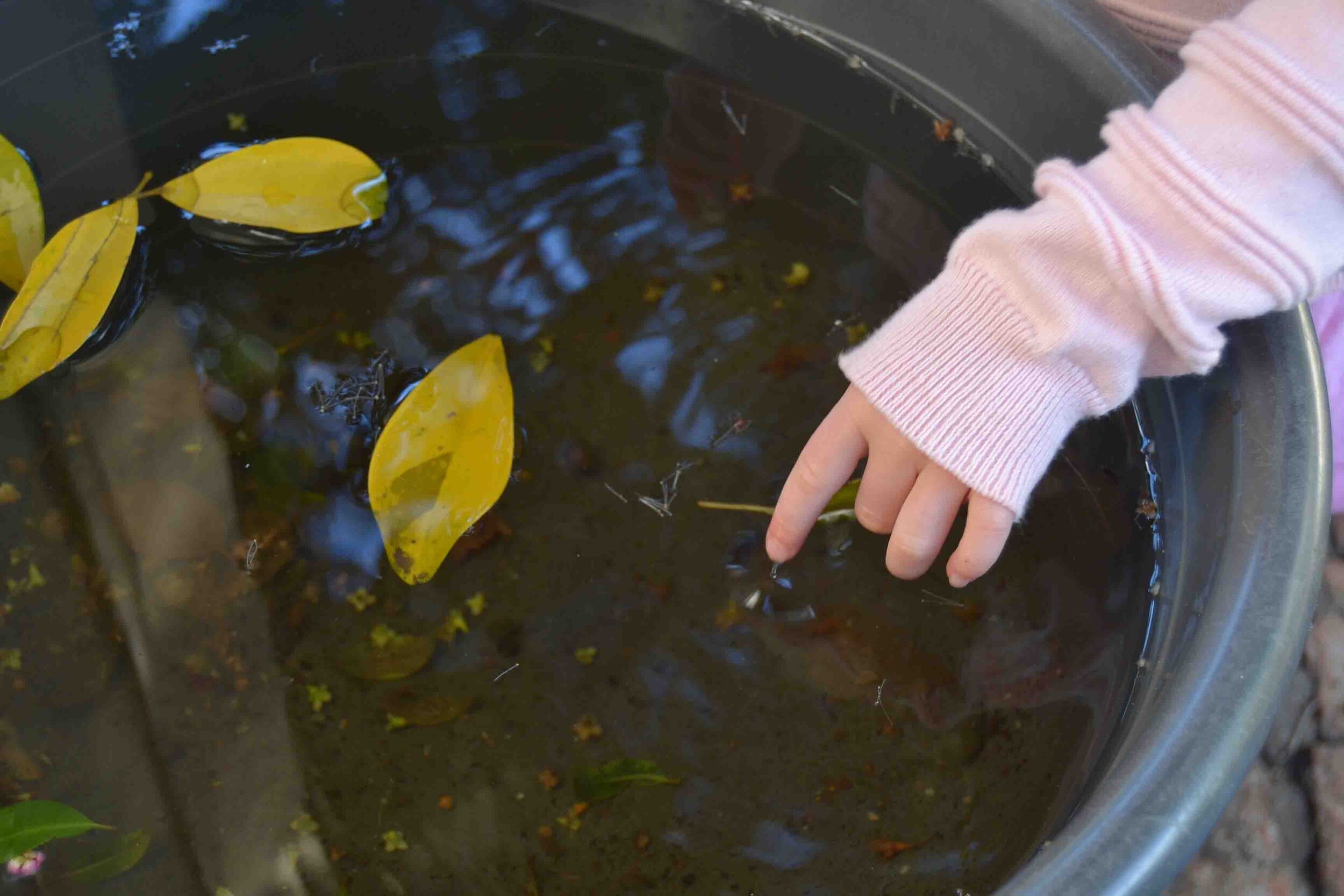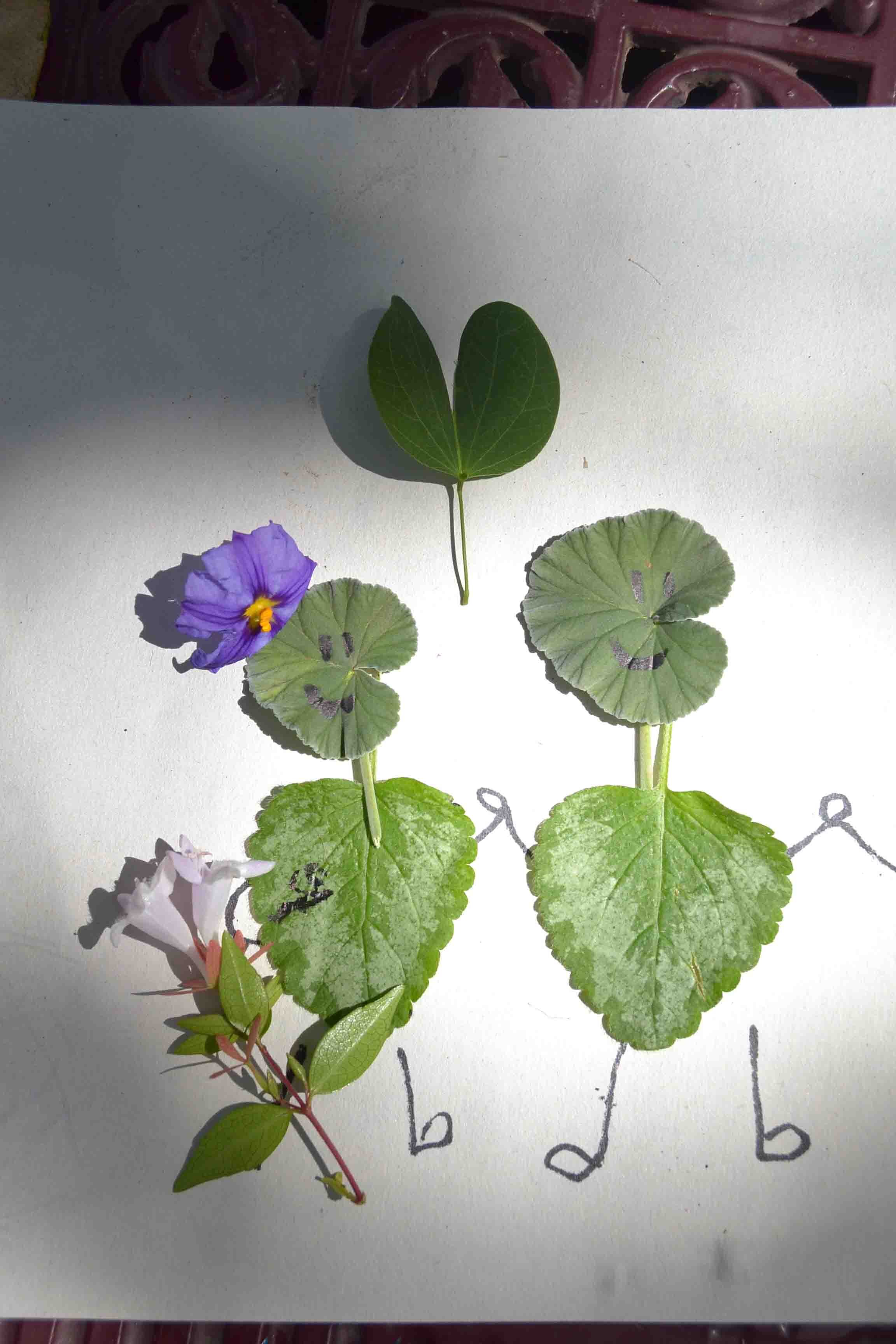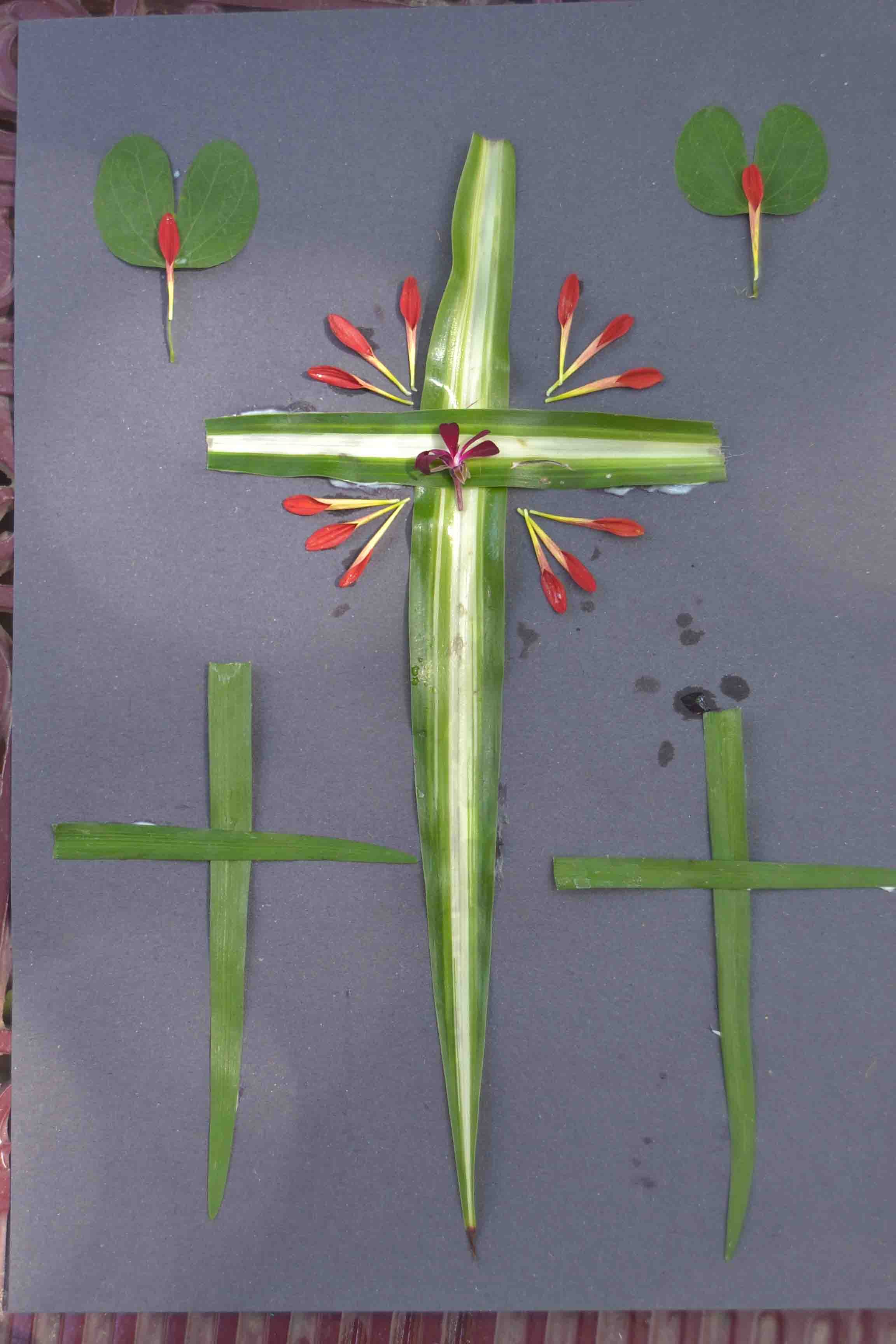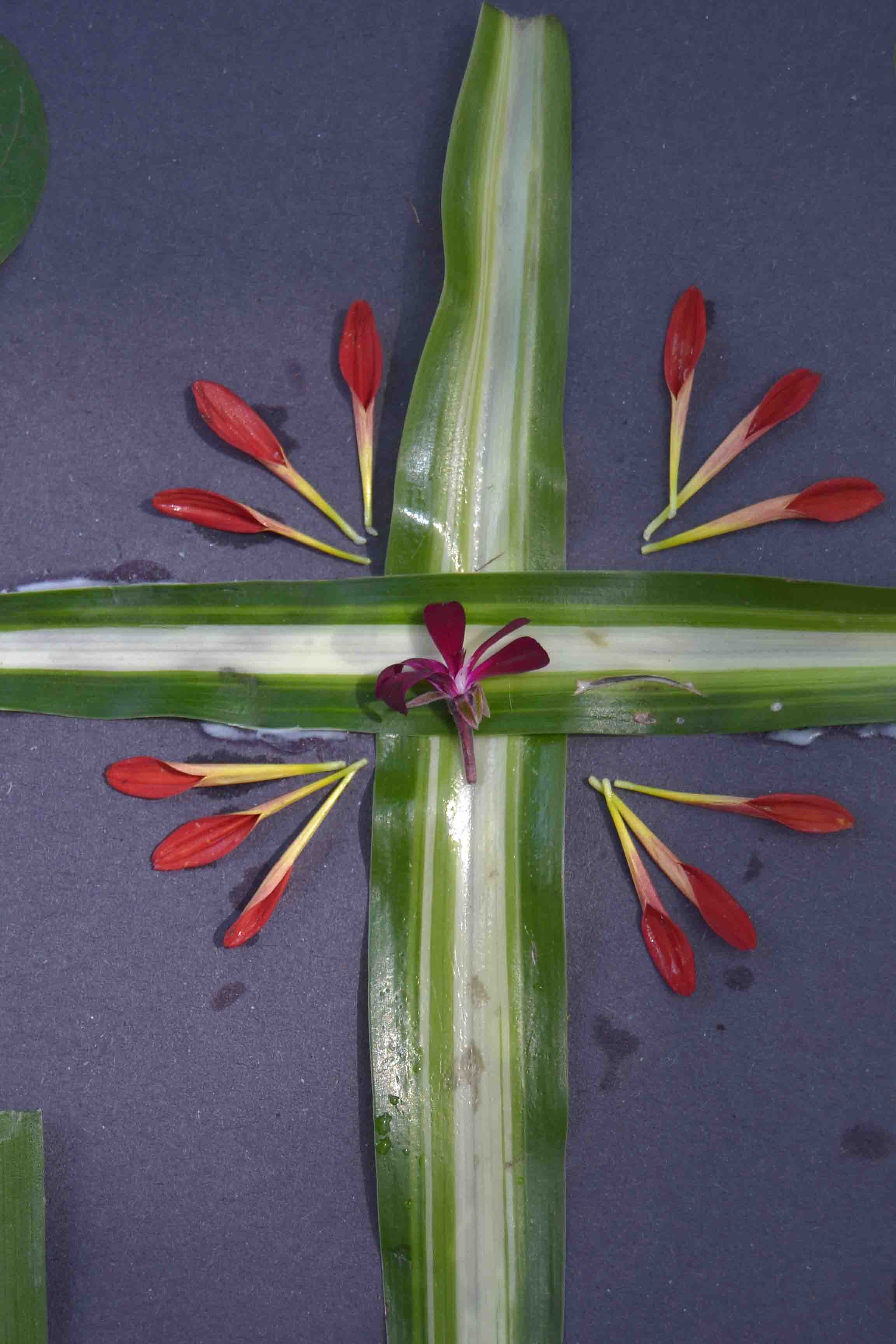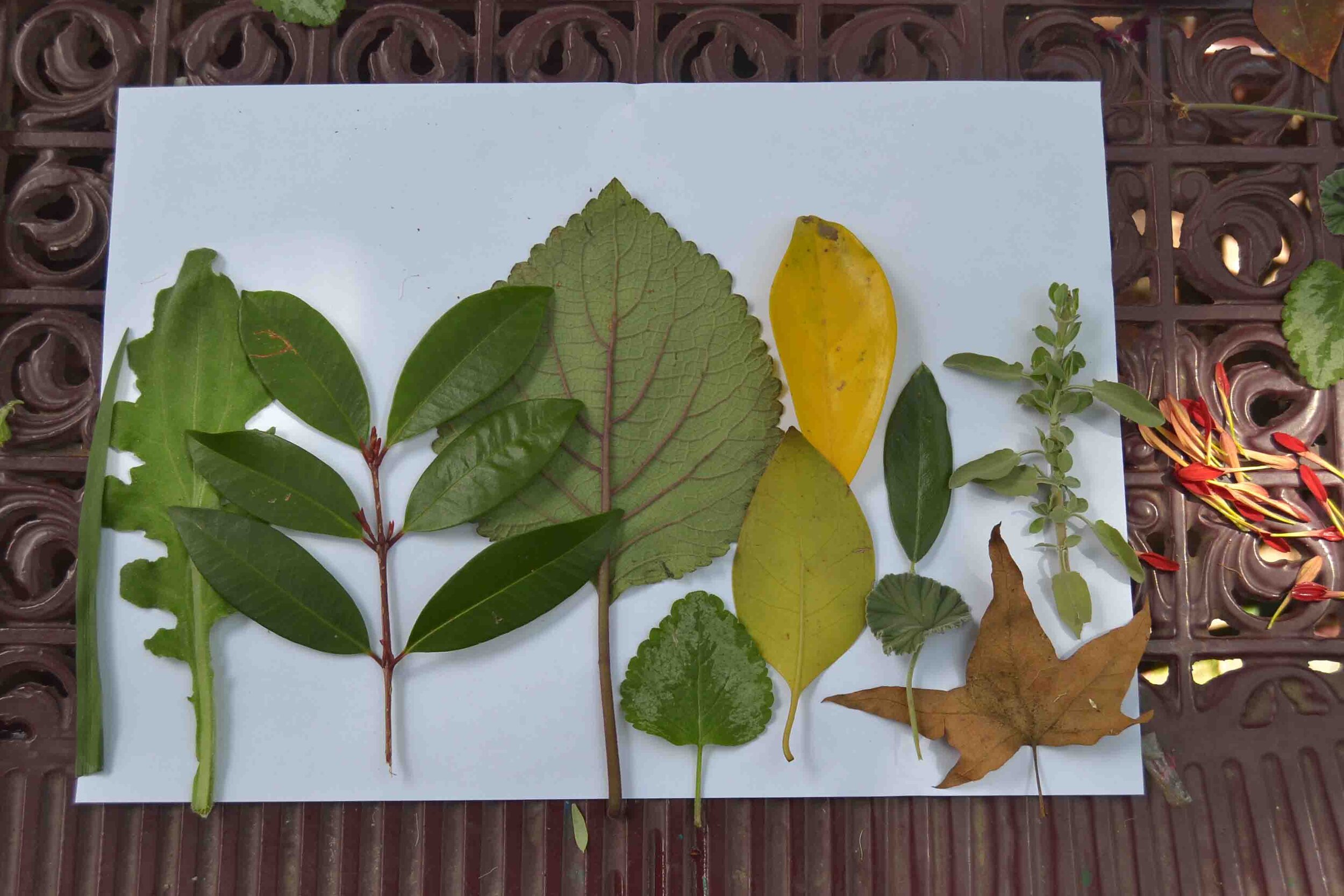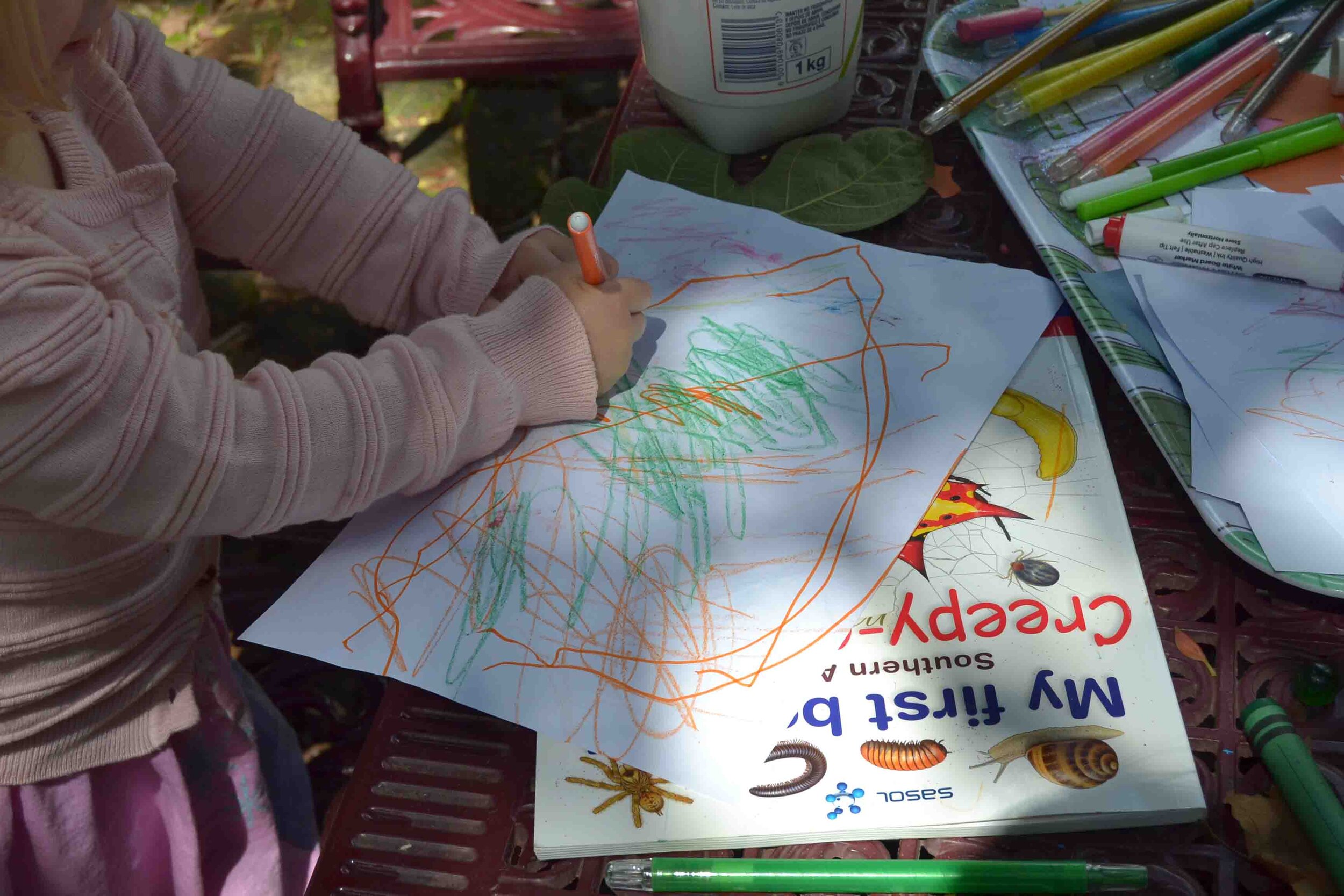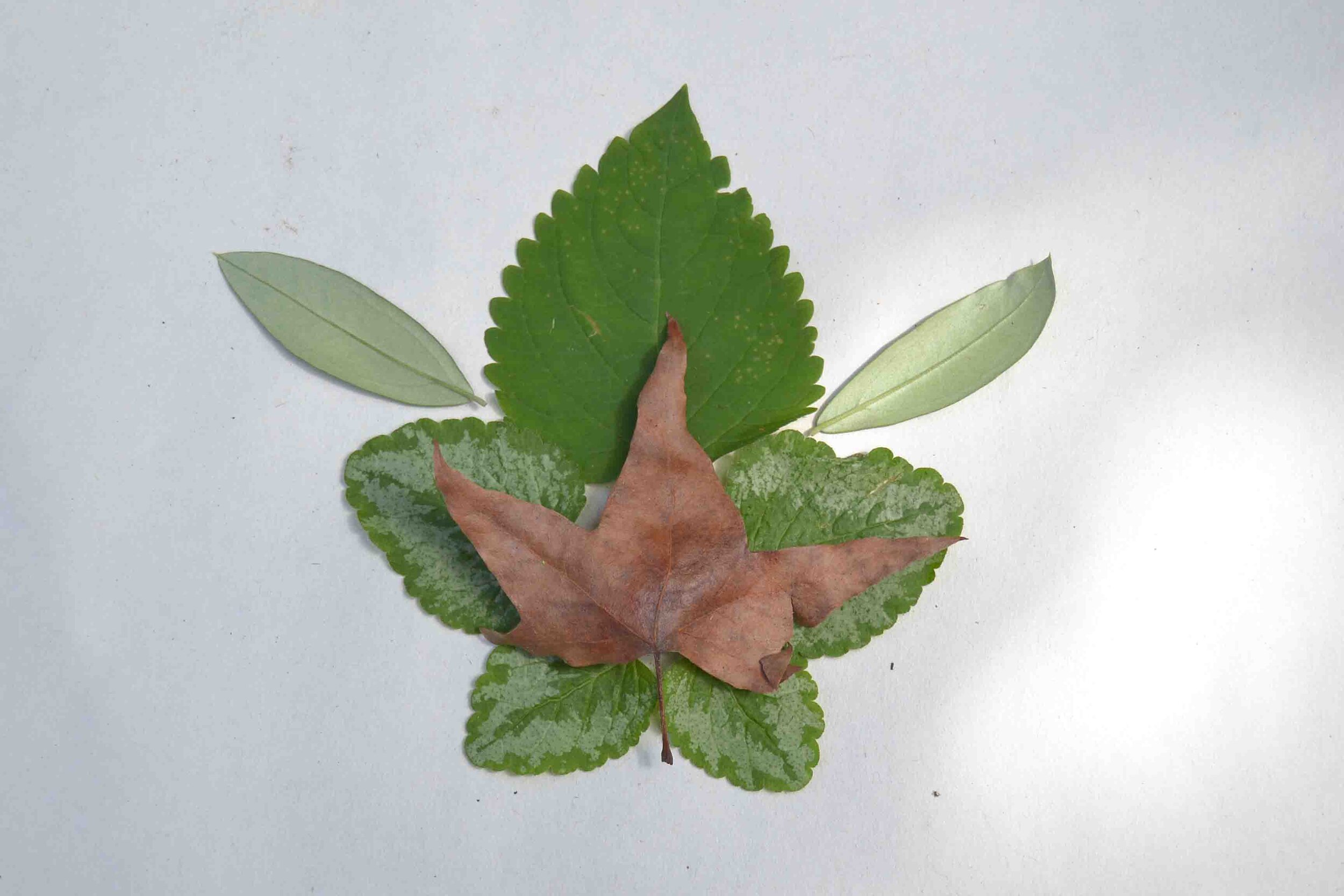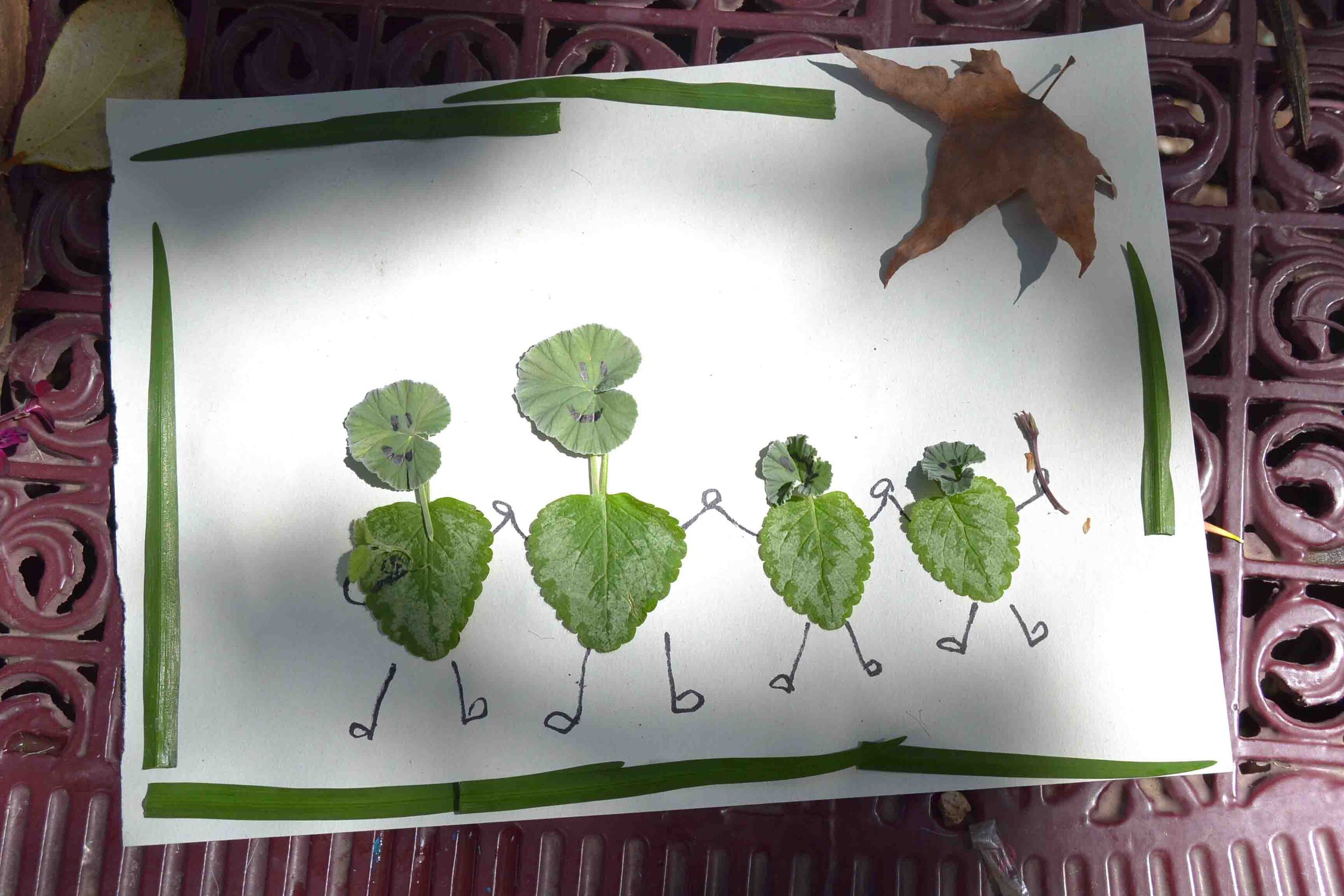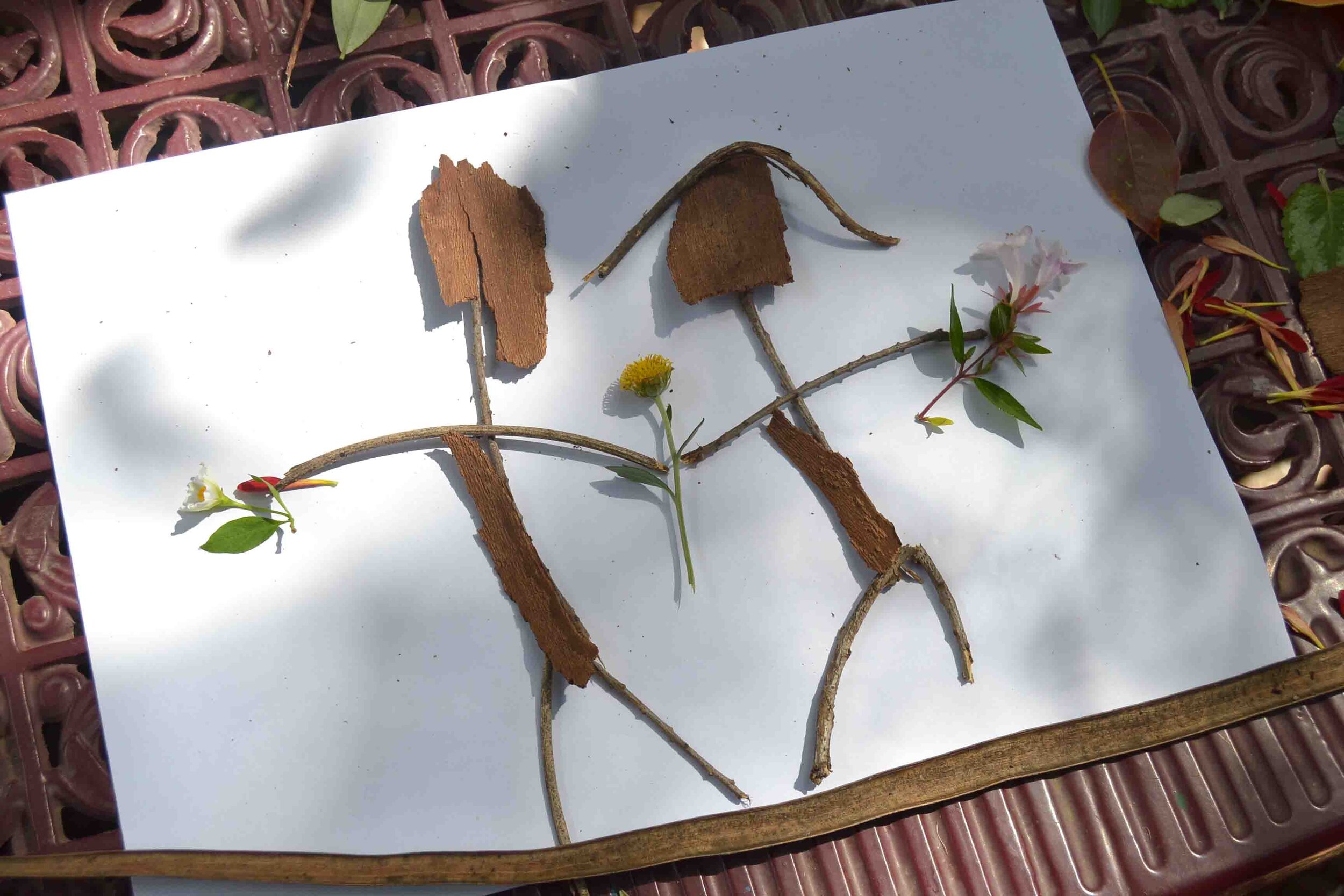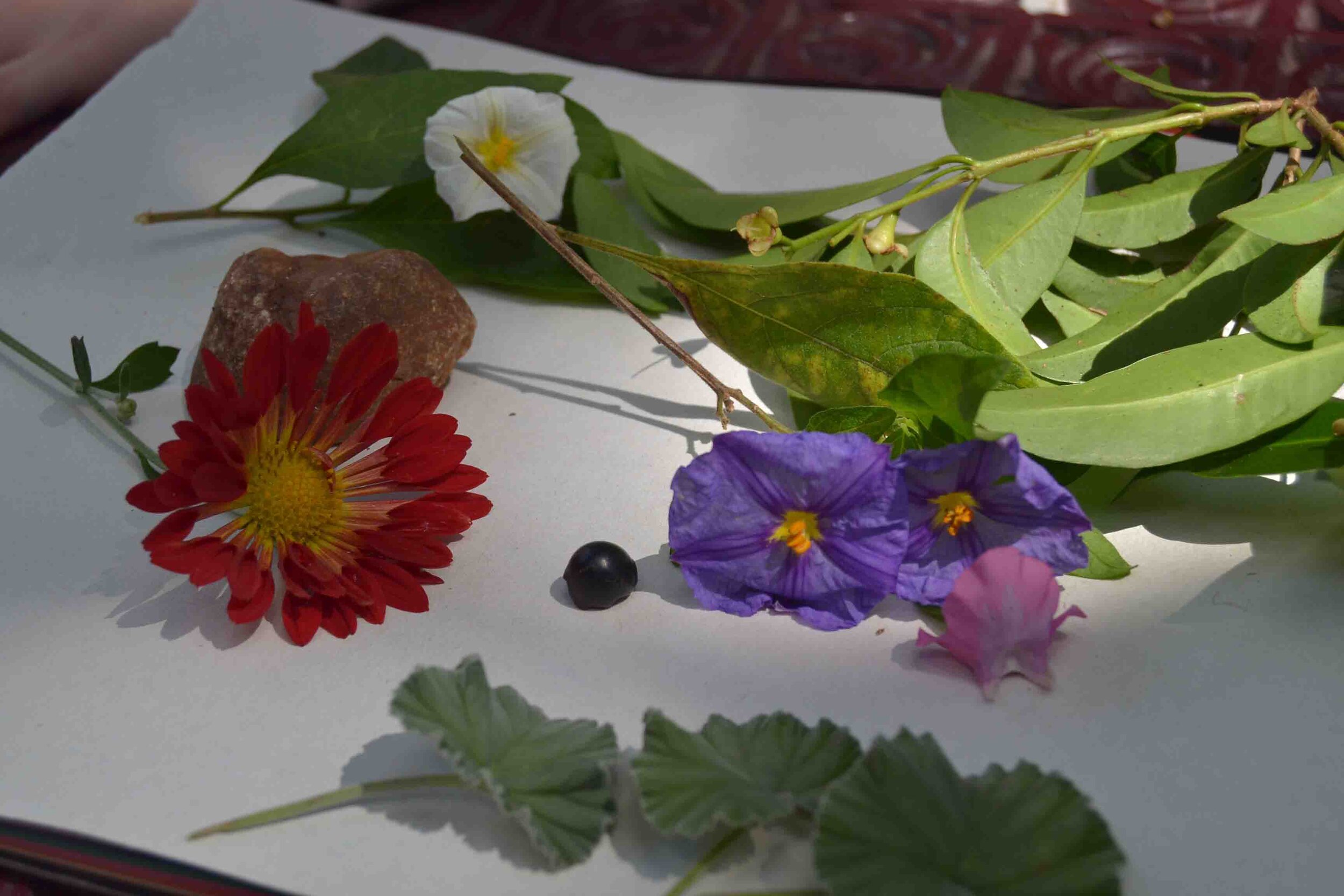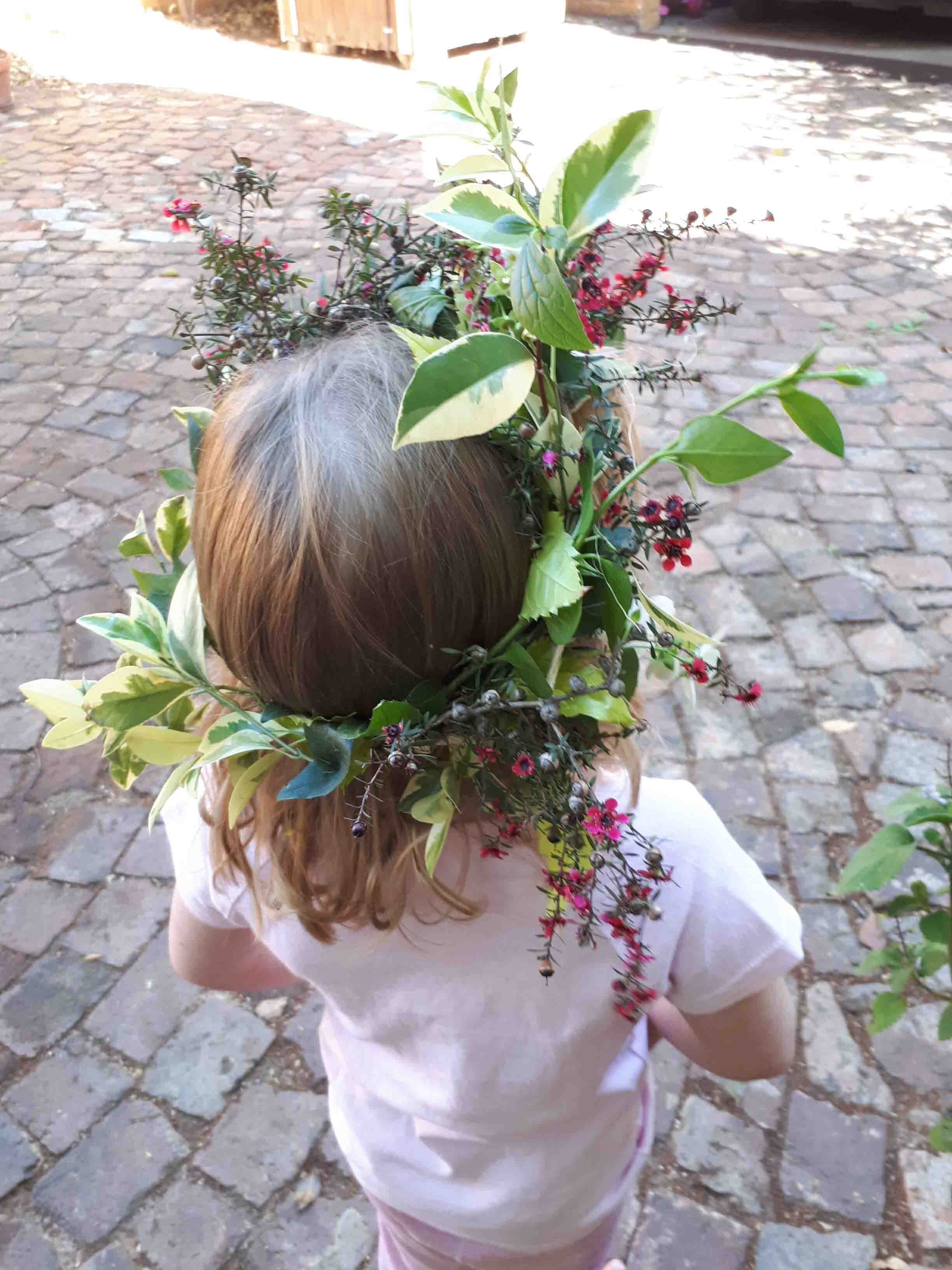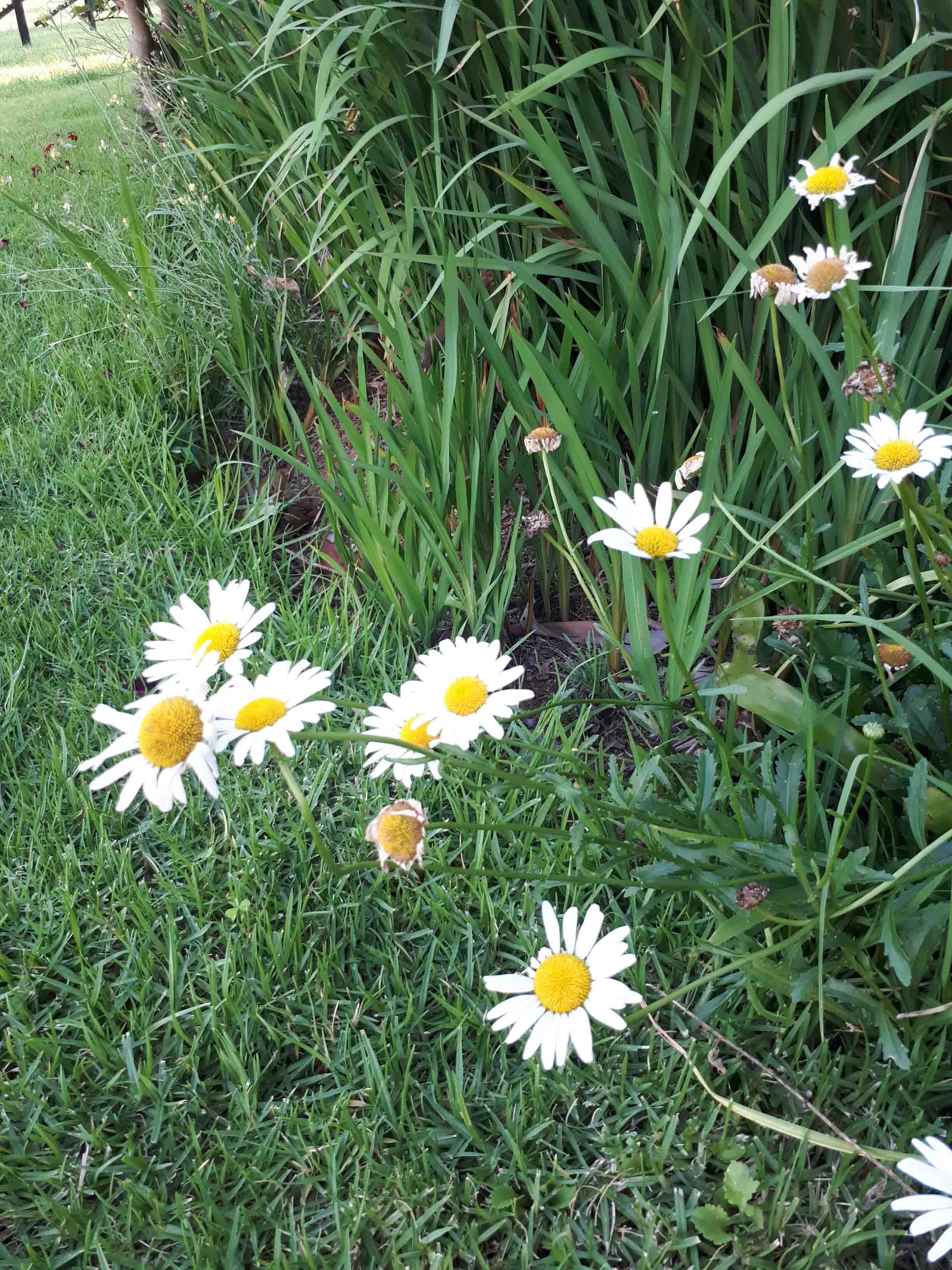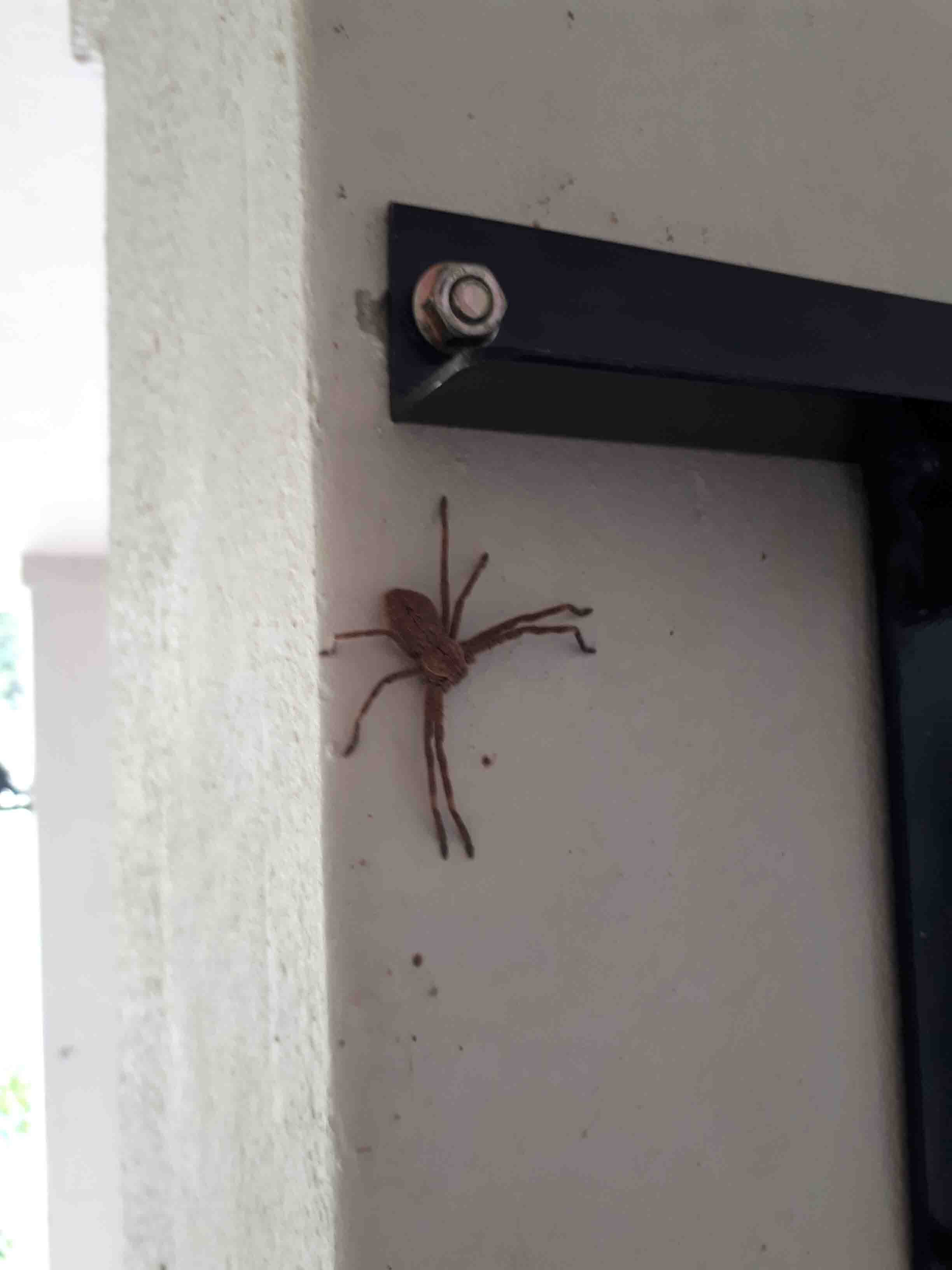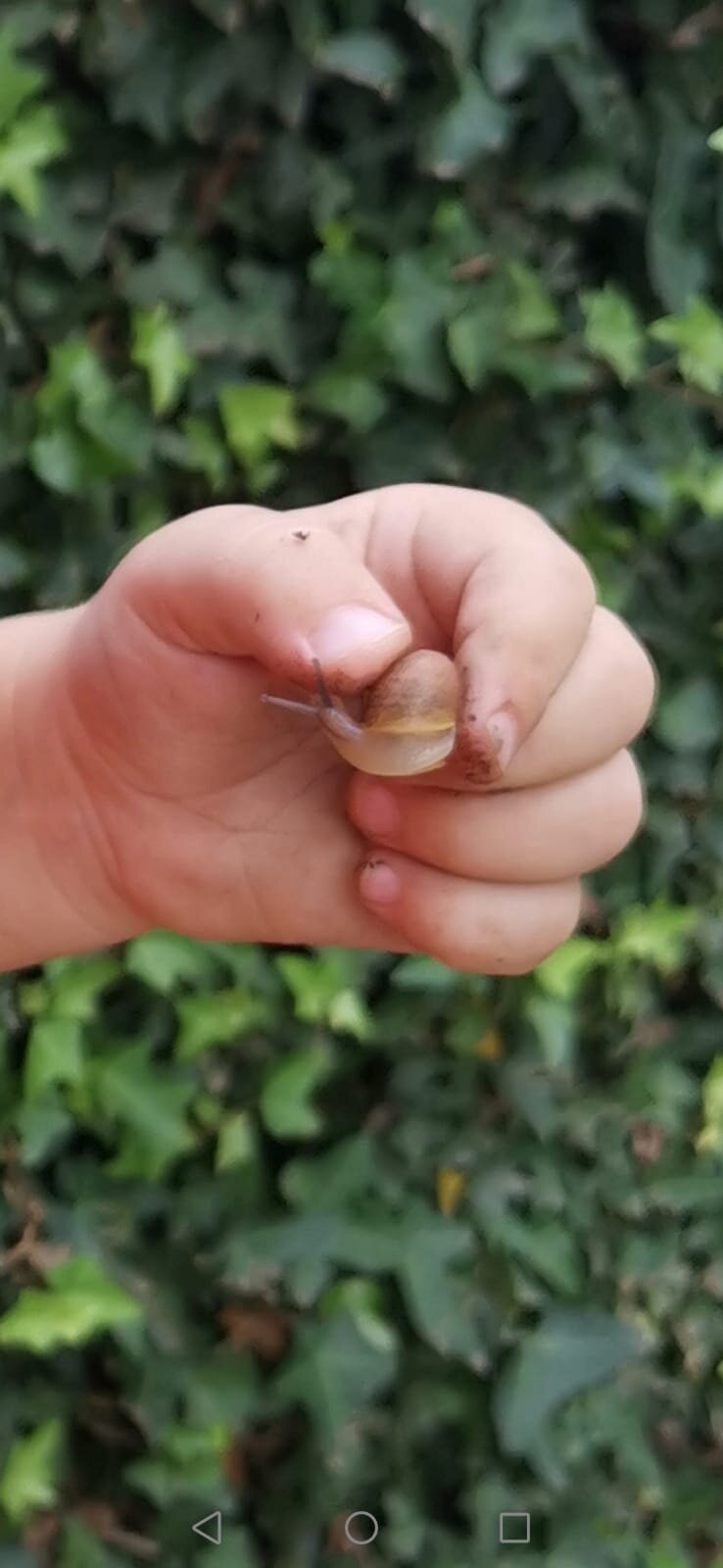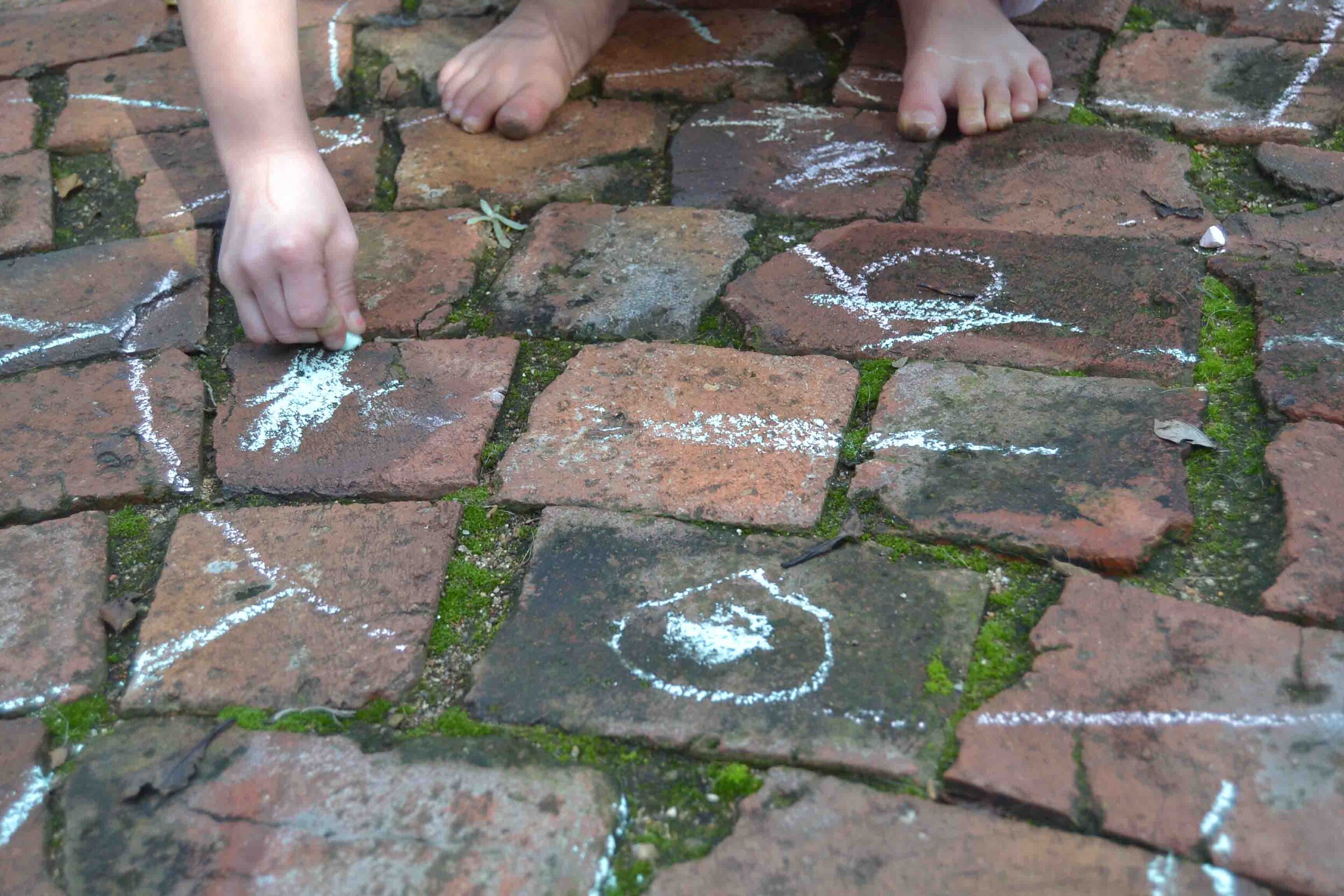I absolutely love visiting Botanical Gardens whenever I get the chance! There is so much detail, beauty and wonder to discover in the world of Botany that I always feel enriched after spending time in a place that is specifically curated to showcase plants and nature.
I visited the Zurich Botanical Garden in March when Winter was bidding farewell and Spring was ushering itself in with a colourful explosion of bulbs and blossoms. The Zurich Botanical Gardens is located in Zollikerstrasse and is part of the University of Zurich’s Biology Department. The gardens are well known for three futuristic looking domed greenhouses where three different micro-climates have been created. I loved the Tropical Rainforest Greenhouse as I saw such unusual plants, many that I have never seen in my life before! There were many beautiful flowering Orchids, an impressive Snail Vine and even a Cocao Tree.
This Dome has a hot and dry climate and there were several South African species that I recognised
Map of the Zurich Botanical Gardens, Zollikerstrasse
The buildings are used by the University of Zurich and there is a small restaurant on site
I really enjoyed exploring the gardens and seeing a Black Squirrel in the trees. There are many paths and places to explore and of course many beautiful plants to see.
The Zurich Botanical Garden is a delight to visit in any season where there will always be something beautiful to behold, so if you are looking for a peaceful outing while visiting Zurich be sure to stop by.
Click here to visit the Zurich Botanical Gardens Website
To see other Botanical Gardens I’ve visited see Denver Botanical Garden (Denver, USA), Lowveld Botanical Garden (Mombela, South Africa), Walter Sisulus Botanical Gardens (Johannesburg, South Africa), Karoo National Botanical Gardens (Worchester, South Africa), Harold Porter Botanical Gardens (Betty’s Bay, South Africa) and Durban Botanical Gardens (Durban, South Africa)
















